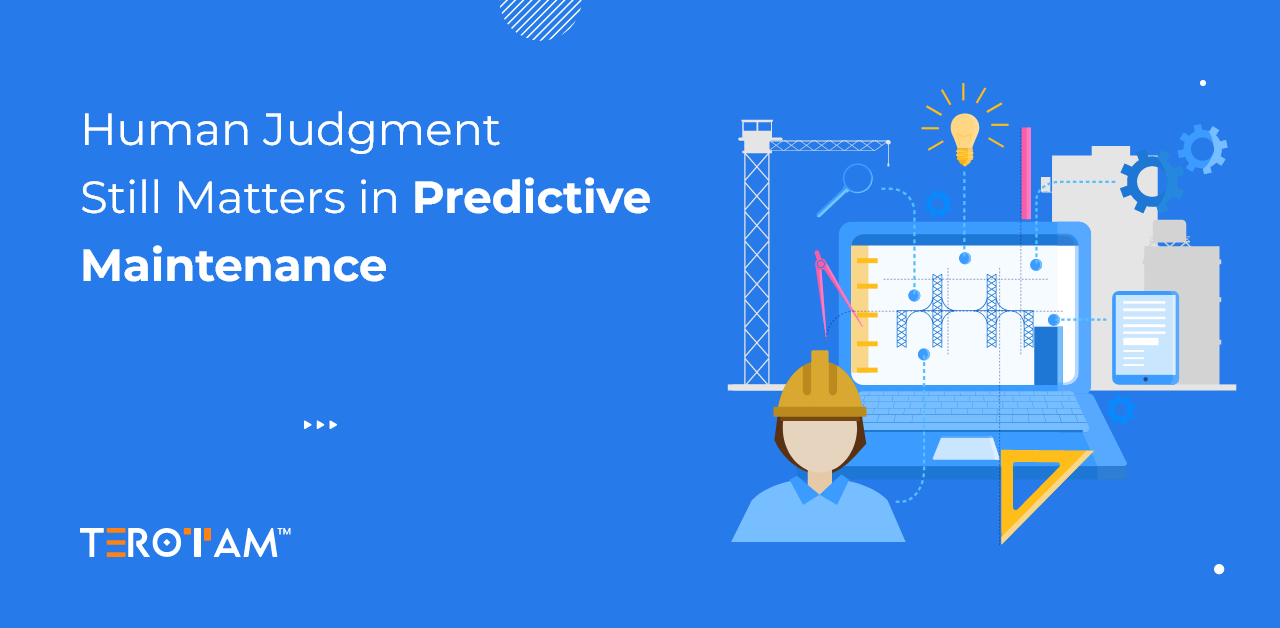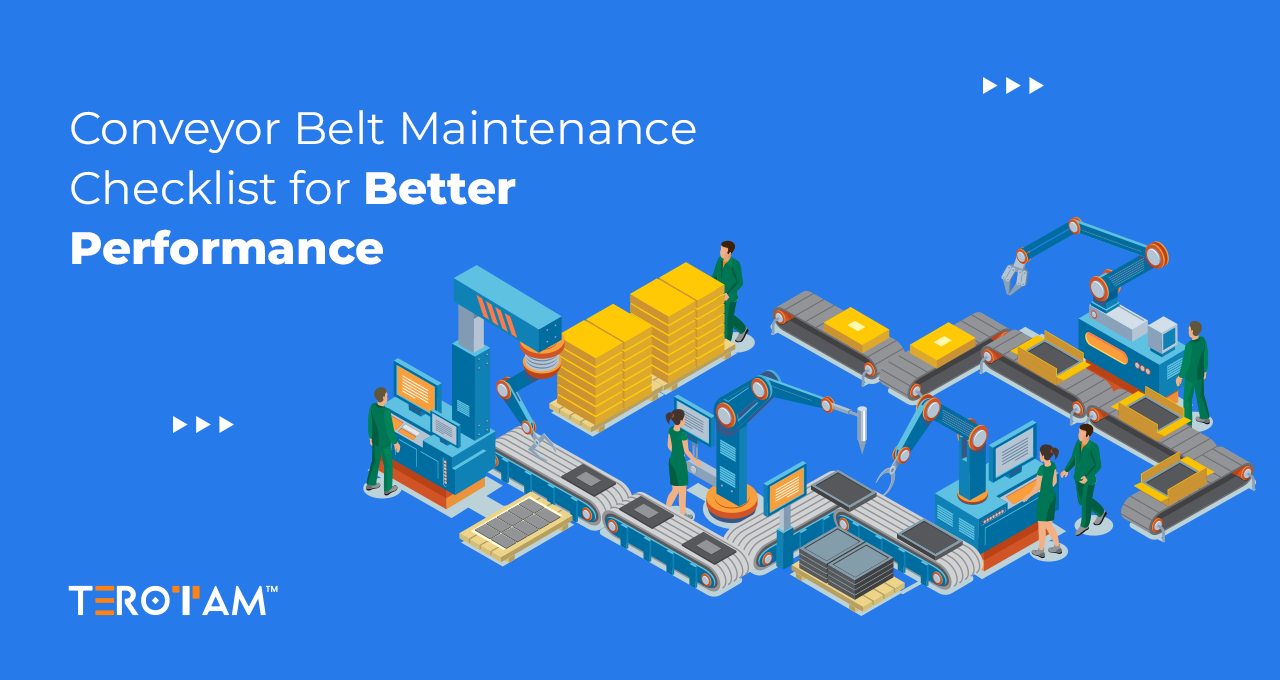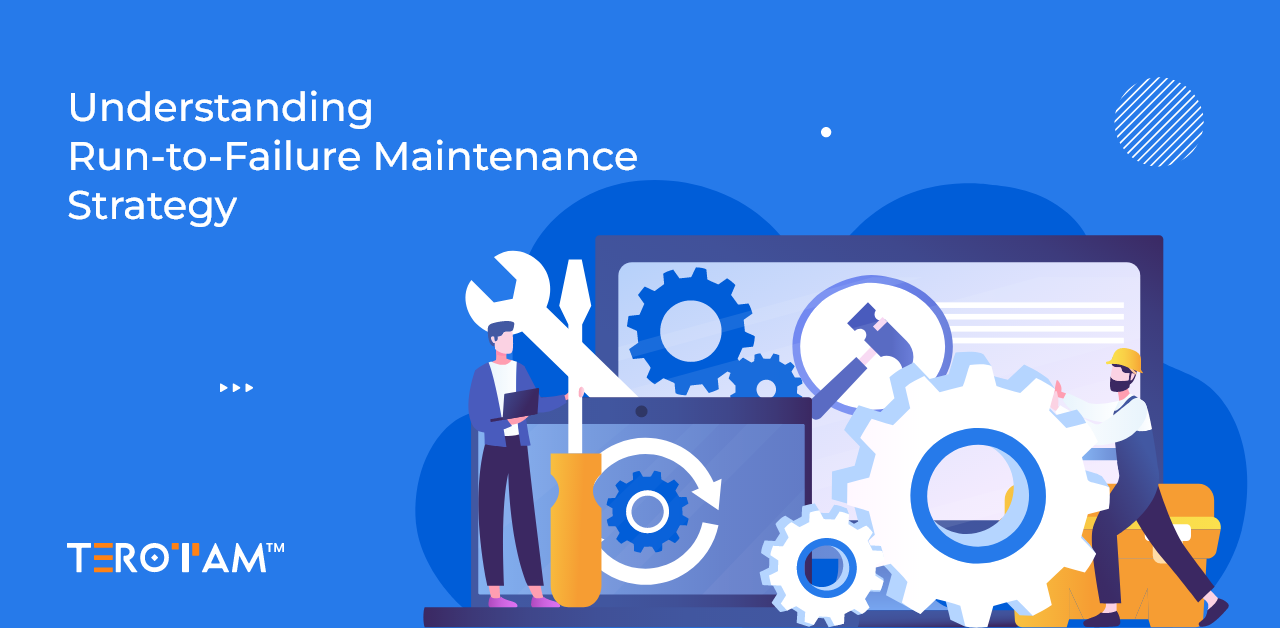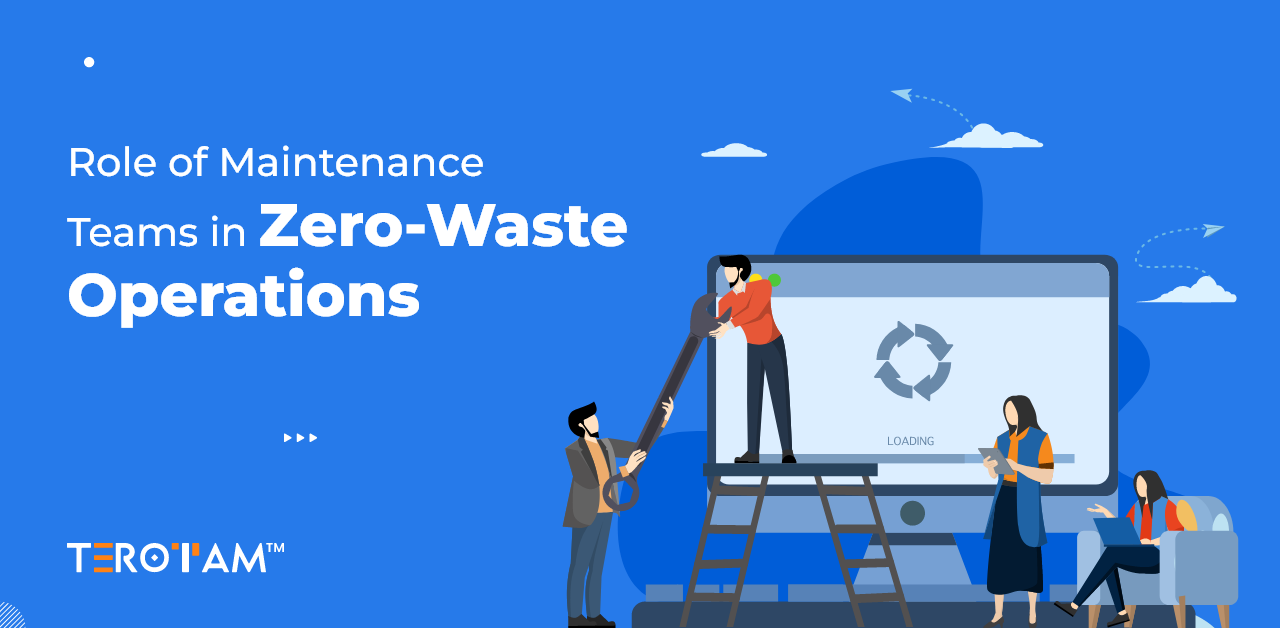Predictive maintenance, powered by AI and IoT, has made it possible for organizations to monitor their assets in real time, detect early signs of failure, and schedule maintenance before breakdowns occur. It’s smart, efficient, and undeniably cost-effective. But does it mean machines can handle it all on their own?
Despite the advancements, the role of human expertise hasn’t vanished. In fact, it’s evolved. The best outcomes in predictive maintenance don’t come from machines or people working alone—they come from both working together. A machine can raise an alert, but understanding how it fits into the wider operational landscape still relies on human judgment.
In this article, we’ll explore why human input remains essential, where it adds the most value, and how companies can build a successful collaboration between people and machines.
Why does human judgment still matter in predictive maintenance?
Predictive maintenance systems analyse vast volumes of machine data—temperature, vibration, pressure, performance patterns—to determine when equipment might fail. They work on probabilities and thresholds built from historical trends and live data streams.
But machines can only analyse what they’re told to look for. They don’t always understand the context behind a reading, or what it means in relation to business goals. Human operators bring in that context—like whether a machine is running a special job, or whether an alert is relevant given operational conditions.
Also, machine-driven systems lack the ability to prioritise tasks based on business realities. For instance, they might flag a minor issue during peak production hours, but it’s up to humans to decide whether to act immediately or delay repairs. Human judgment turns raw data into decisions that are smart in both technical and strategic terms.
Key areas of predictive maintenance where human judgment makes a difference
While predictive systems are excellent at detecting what might go wrong, they still need human insight to decide what should be done next. Here’s a breakdown of key areas where human input supports and strengthens machine-driven systems.
1. Interpreting alerts with operational awareness
Predictive tools can flood teams with alerts, especially in complex environments. These alerts may or may not need immediate action. Human decision-makers filter out the noise, reduce false positives, and act on what’s truly relevant.
Without context, alerts can be misleading. Human intervention helps:
- Assess if the alert is due to unusual machine use or part of routine behavior
- Compare current alerts with historical failure data to confirm urgency
- Recognise known quirks of specific equipment models
- Spot alerts triggered by environmental factors like humidity or temperature shifts
This level of judgment ensures that time and resources aren’t wasted chasing down false alarms.
2. Making maintenance decisions based on business priorities
Machine-driven alerts don’t take into account what’s happening on the factory floor or within the business. Human teams balance technical needs with production deadlines, budgets, and team availability.
Decision-making here includes factors like:
- Choosing to delay a non-critical repair during a high-output production cycle
- Coordinating maintenance tasks with scheduled shutdowns
- Checking availability of spare parts and aligning it with the suggested repair timeline
- Prioritising tasks based on risk to safety or critical operations
- Deciding between short-term fixes and long-term replacements
Such decisions require an understanding of both operational complexity and organisational goals—something only human teams can bring.
3. Responding to unexpected or unknown failure patterns
AI models are trained on historical data. But real-world operations are dynamic. Equipment may be pushed to limits, used in ways not previously recorded, or encounter failures never seen before.
Human judgment becomes critical when:
- A new machine type or model enters production without much failure history
- Failures happen due to non-standard usage or improper installation
- Physical signs (like noise, smell, or vibration) indicate something’s off but haven’t yet triggered any sensor alerts
- Teams need to troubleshoot a cascade of interlinked system failures
- Machines are operated in extreme or unusual environmental conditions
These cases call for human diagnosis, gut feeling, and hands-on inspection—areas where experience outperforms any algorithm.
4. Improving and validating the predictive system itself
For a predictive maintenance system to get better over time, it needs continuous input and corrections. Human teams play a big role in this by feeding back real-world results.
Human input helps improve model accuracy through:
- Confirming whether predicted failures actually occurred
- Updating the system when maintenance was needed but not predicted
- Adding failure types and causes that weren’t initially captured
- Reclassifying alerts that were mislabelled by the system
- Adjusting threshold levels based on recurring false positives or missed warnings
This feedback loop ensures the machine keeps learning from actual outcomes—not just static datasets.
5. Shaping strategic maintenance planning
Predictive systems are great at saying “what needs to be fixed,” but not “why now?” or “what’s the bigger picture?” Long-term planning and strategic alignment still rely heavily on human judgment.
Strategic maintenance planning involves:
- Deciding how predictive tools fit into broader asset management goals
- Evaluating cost-benefit of repairs vs. replacements
- Aligning maintenance strategies with future production scaling or automation
- Planning budgets, training, and hiring based on insights from the system
- Setting acceptable risk levels for different asset categories
Human leadership ensures predictive maintenance evolves with the company’s goals—not just with the machines.
How to strengthen the human-machine collaboration in predictive maintenance?
Predictive maintenance is most effective when human intelligence complements machine learning. Here are some ways organisations can ensure both work together seamlessly.
- Invest in cross-training
Train technicians and plant operators not only on how the system works, but on how to interpret alerts in context. The more familiar they are with how data is generated and analysed, the more confidently they can act. - Encourage documentation and feedback
Make it standard practice to log what actions were taken on each alert. This not only improves model performance but helps build a central knowledge base for future technicians. - Set dynamic alert thresholds
Avoid static thresholds. Use human feedback to continuously update what’s considered “abnormal” across different machines, conditions, and seasons. - Blend predictive data with manual inspections
Use machine insights to guide manual checks, but don’t abandon them. Regular walkthroughs help validate what the system missed or misread. - Align predictive maintenance with business reviews
Involve maintenance leads in quarterly or monthly planning sessions. Let them share what the system is telling them and how it affects performance, safety, and cost.
How TeroTAM supports human-powered predictive maintenance
TeroTAM’s CMMS platform is designed with the belief that predictive maintenance works best when human teams are in control. Our predictive maintenance module doesn’t just push alerts—it gives teams the tools to act smartly.
- Get machine insights on a single dashboard, with real-time alerts
- Add manual observations alongside automated data
- Validate system suggestions before executing any task
- Capture technician notes and closed-loop feedback after every repair
- Customise rules, thresholds, and escalation logic based on human preferences
With TeroTAM, your team gets the confidence of machine insights without losing operational control. It’s not automation replacing humans—it’s automation working with humans.
Conclusion
Machines are fast, consistent, and data-hungry. Humans are intuitive, strategic, and adaptive. Predictive maintenance doesn’t ask you to choose between them—it works best when both are used together.
At the end of the day, machines might tell you what could go wrong, but humans decide what to do about it. That’s why the future of maintenance isn’t machine-led—it’s team-led, with machines playing a supporting role. Want to build a predictive maintenance system that supports your people, not replaces them? – Reach out to us at contact@terotam.com and we’ll help you get started.








